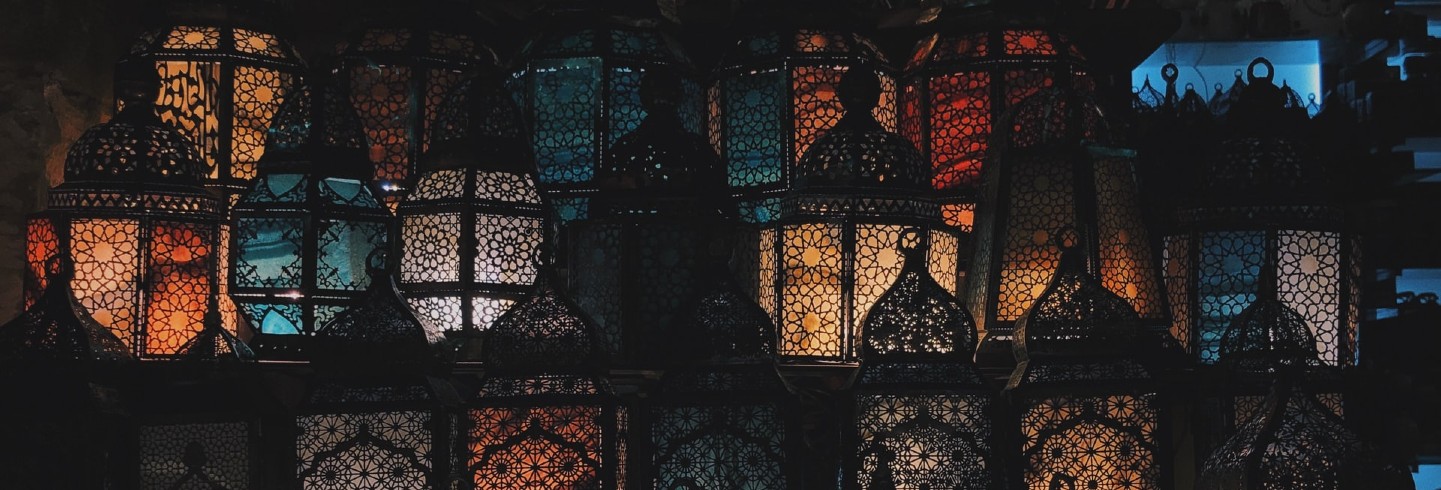Some basic oud terminology
tldr
A pretty basic post going over some key terminology that’s specific to oud and Arabic music. Really the purpose of this is to provide some context around words and concepts I’ll be using to describe what I’m trying to play or trying do.
Dictionary time
Maqam
In it’s simplest form, a maqam is essentially a scale. So examples of familiar scales includes things like ‘Major’ or ‘Minor’. These scales also exist in arabic music but have different names; ‘Ajam’ and ‘Nahawand’ respectively.
Interestingly though, a maqam is more than just a scale, a maqam is also a “feeling”, it has it’s own “soul”. It is the oud players objective to bring out the flavours of each maqam through ornamentation (the players distinct style of phrasing) to evoke the mood specific maqams represent. But… for now, they’re mainly scales.
Micro-tone An interval that is smaller than a semi-tone. Traditional western music only use notes that go up or down in semi-tones (so: E, E#, F, F#, G…). The semi-tone is the note that exists between the ‘#’ and the natural note.
Modulation The transition from one maqam to another related maqam within a piece of music.
Qarar and jawab I’m not sure what this literally translates to, but I essentially think of this as “bass and treble”. It’s a form of ornamentation used by oud players whereby the player hits the lower octave of a note they’re about to play.
Solfege A way in which to vocalise musical notes (think of Julie Andrews)
Taqasim Simply put, this means improvisation. But there’s a lot more to it than just improv, when playing traditional pre-composed musical phrases the player should link to other phrases using improvised lines, similar to how a drummer might add their own fills. There are a host of different ornamentation’s that can be used to achieve this.

